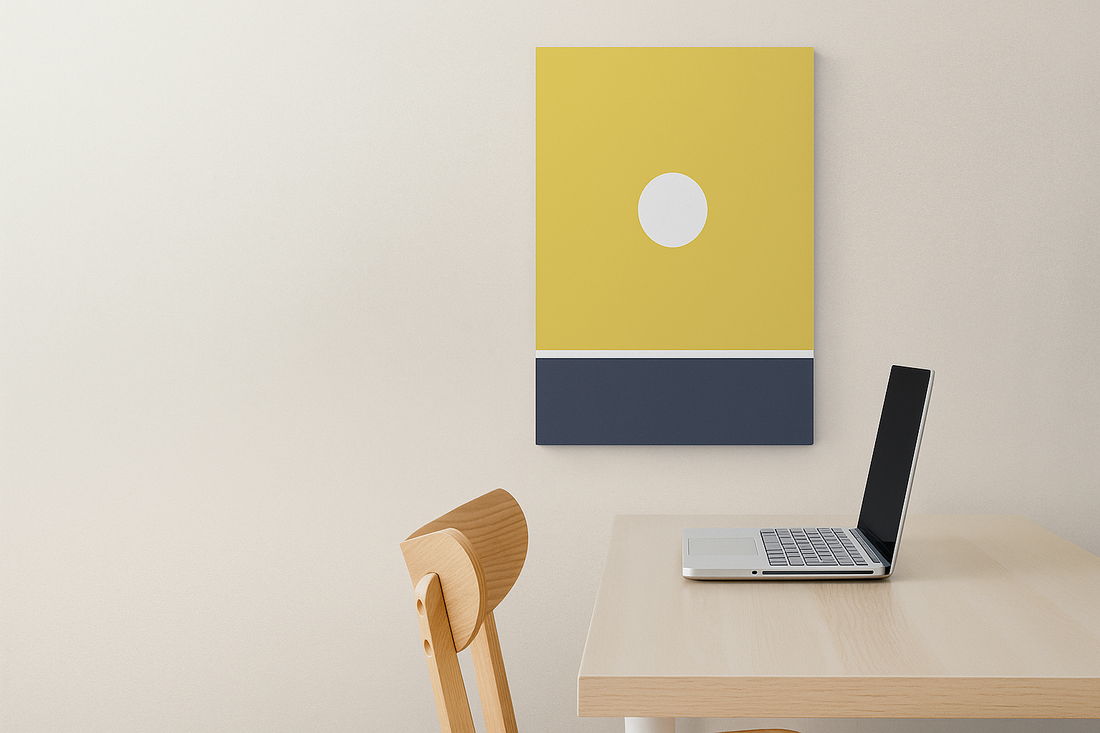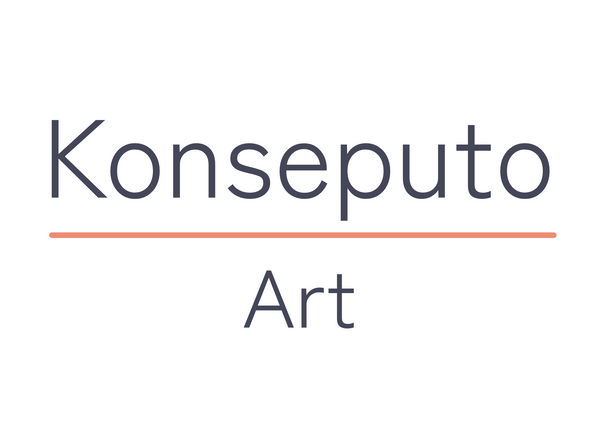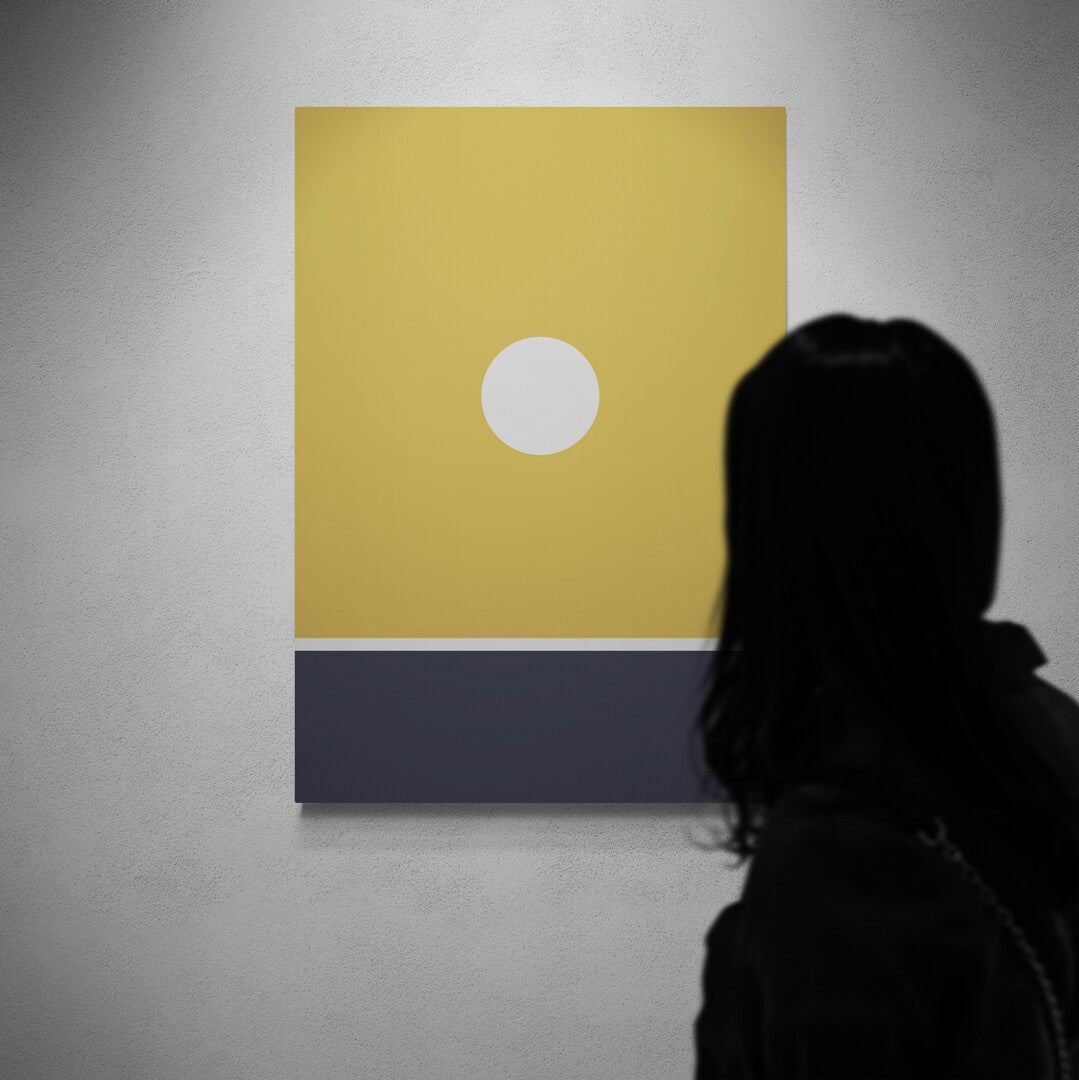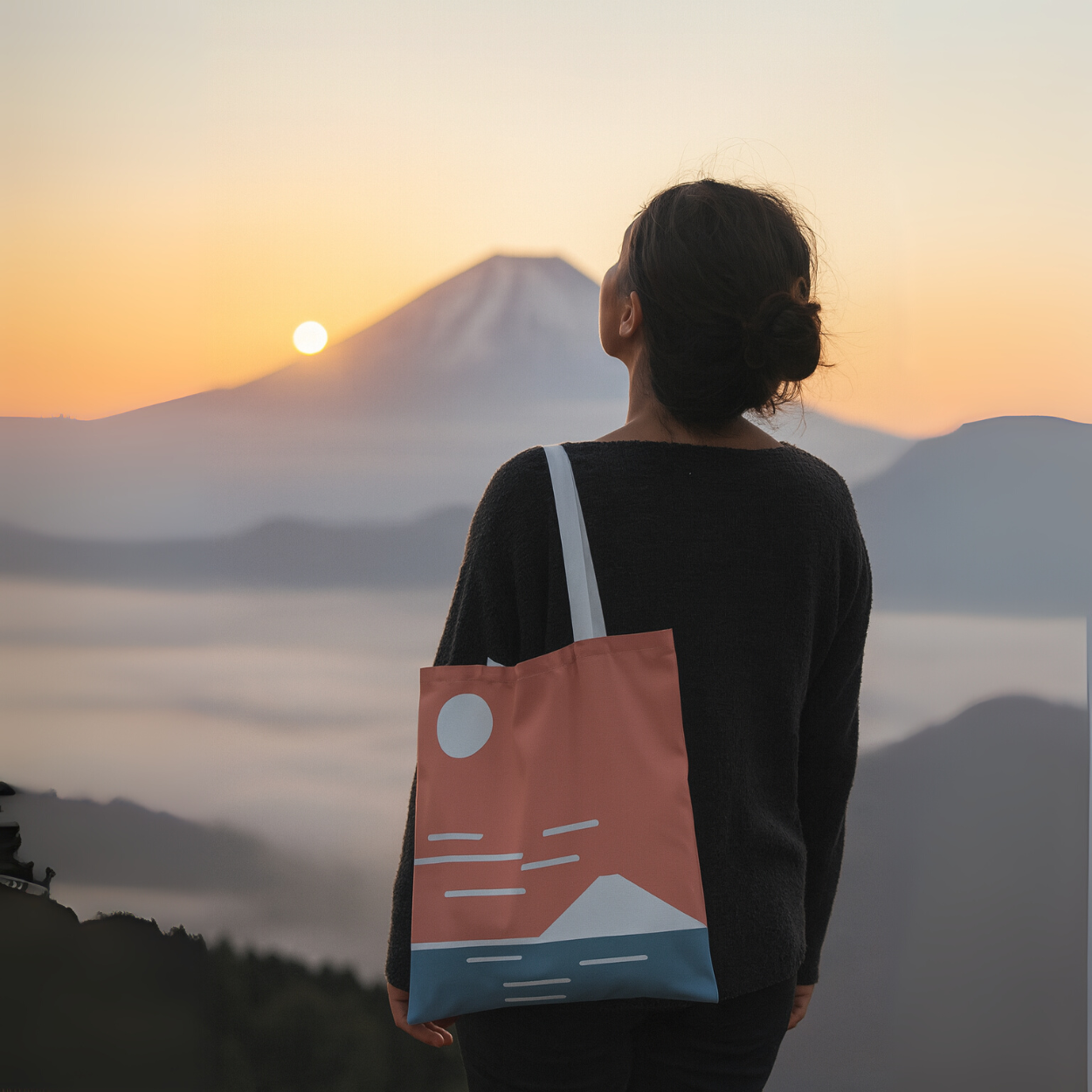
Japanese Wall Art: The Balance of Simplicity and Presence
Share
Japanese wall art has long been admired for its calm, balanced aesthetic — a style that values space, stillness, and the beauty of imperfection. Rooted in centuries of artistic tradition, Japanese design reflects the philosophy of wabi-sabi: finding harmony in simplicity and appreciating what feels natural and unrefined.
At Konseputo Art, these same ideas form the foundation of every piece we create. Our minimalist collections draw from the quiet landscapes, geometry, and symbolism that define Japanese visual culture — offering modern interiors a sense of order, calm, and timeless elegance.
The Essence of Japanese Aesthetics
Japanese art is never about excess. Instead, it’s about what’s left unsaid — the silence between forms, the contrast between light and shadow, and the beauty of restraint. This approach is captured in concepts such as ma (the space between), wabi-sabi (beauty in imperfection), and shibui (understated refinement).
When translated into wall art, these principles create compositions that invite reflection. Every brushstroke, line, and space is intentional — allowing viewers to slow down and notice subtle transitions in tone and form. At Konseputo Art, this is reflected in works like Ame no Uta, Shizukesa, and Fuji Horizon — pieces that capture fleeting moments through minimal means.
Nature, Symbolism, and Meaning
Japanese wall art often takes inspiration from nature, reflecting how deeply the environment shapes Japanese philosophy. Common motifs include Mount Fuji, symbolising strength and endurance; cherry blossoms, representing the transience of life; and bamboo, a metaphor for resilience.
These ideas can be seen throughout the Konseputo Art collections. Fuji Coast explores the meeting of land and sea through quiet geometry and muted tones. Kumo (“cloud”) captures the impermanence of form and movement. Aoi Tsuki (“blue moon”) reflects the calm rhythm of night. Each design draws on familiar Japanese motifs but reinterprets them through a contemporary minimalist lens.
Integrating Japanese Wall Art into Modern Interiors
Japanese wall art works beautifully in both traditional and modern settings because it communicates through atmosphere rather than detail. In minimalist spaces, it adds warmth and texture; in more vibrant interiors, it introduces calm contrast.
A few tips for creating harmony:
-
Choose one focal piece rather than many smaller artworks. This follows the Japanese tokonoma principle — giving a single artwork space to breathe.
-
Pair with natural materials like wood, linen, and stone to echo the organic balance in Japanese design.
-
Keep the palette simple. Muted neutrals, soft greys, and warm earth tones create cohesion and allow the artwork to speak quietly.
Many Konseputo Art prints are designed with this in mind — understated compositions that transform empty walls into spaces of calm focus. Whether it’s a sunrise over Fuji (Fuji San Moonrise) or the repetition of rain lines in Ame no Uta, each piece invites stillness into the room.
Modern Minimalism with Japanese Influence
What makes Japanese wall art timeless is its adaptability. It bridges the past and the present — from centuries-old ink paintings to modern digital minimalism. Konseputo Art continues this tradition by blending Japanese design principles with modern printing techniques and sustainable materials.
Our prints retain the quiet rhythm and balance of classic sumi-e and ukiyo-e styles, while using clean lines, muted tones, and spacious compositions to fit modern homes, studios, and galleries. Each work is created to bring visual balance — not to dominate, but to complete the space.
Why Japanese Wall Art Resonates Today
As more people look to simplify their environments, Japanese aesthetics have become a global reference point for calm and intentional living. The growing interest in wabi-sabi interiors, Japandi design, and minimalist wall decor reflects a shared desire for spaces that feel natural, grounded, and meaningful.
Konseputo Art’s approach aligns with this movement — offering artworks that are not just decorative, but meditative. Pieces like Kiiro Hikari or Akebono use light, tone, and space to express emotion through simplicity. They invite viewers to pause — to notice, to breathe, to reconnect with quiet moments often overlooked in daily life.
Bringing Japanese Calm into Your Space
Choosing Japanese wall art isn’t about filling a blank wall — it’s about creating atmosphere. Whether it’s a statement canvas in a living room or a soft-toned print in a study, these pieces add presence through stillness.
Explore the full range of Konseputo Art’s Japanese-inspired collections to find artworks that balance structure with softness, geometry with silence, and simplicity with depth. Each piece is crafted to bring harmony, focus, and calm into the spaces where you live and create.









